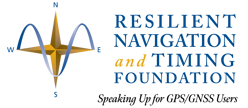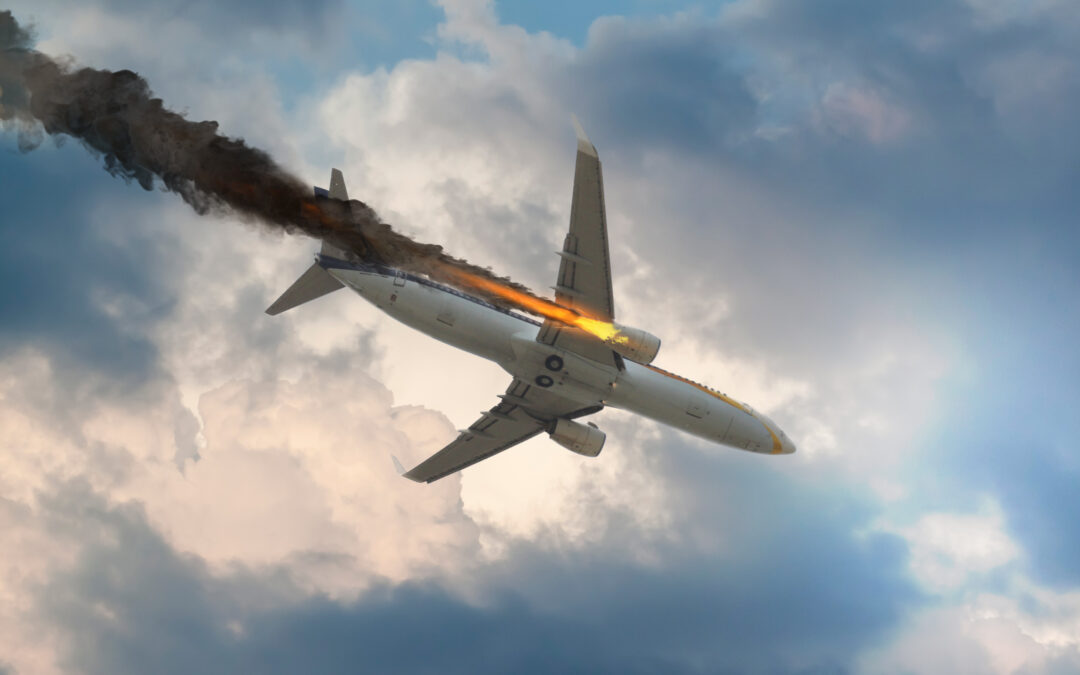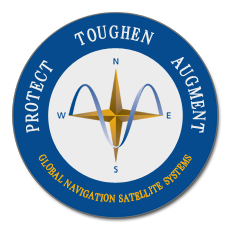Image Shutterstock

Viewpoint
Preventing More Deaths from GPS Interference
By Dana A. Goward
Thirty-eight people died on Christmas Day 2024 be-cause of GPS disruption. It is a tragic reminder that the problem has gone unaddressed for too long.
Around 7:30 a.m. on Dec. 25, Azerbaijan Airlines Flight 8243 was approaching its planned destination of Grozny, Russia. Suddenly, the aircraft’s ADS-B safety system, which uses GPS data, stopped transmitting its identification and location. When the signal returned, it showed the aircraft flying erratically and headed for the airport at Aktau, Kazakhstan, almost 300 mi. away, where it crashed on landing.
Western investigators and the president of Azerbaijan have concluded that the airplane was damaged by Russian air defenses. The Russians had been jamming GPS in the area for weeks to counter Ukrainian drone at-tacks. This undoubtedly prevent-ed them from properly identifying the Azerbaijan flight, leading them open fire.
While this may be the first instance of civilian deaths directly attributable to GPS interference, warning signs have been around for years. In 2019, a passenger aircraft nearing Sun Valley, Ida-ho, was following a GPS-based approach through a smoky haze. Signal disruption in the area, presumed to be accidental, caused the airliner to head toward a mountainside. But for the quick action of a radar controller hundreds of miles away, the aircraft likely would have crashed, killing all onboard.
Since then, GPS disruptions due to the fighting in Ukraine and the Middle East as well as Russia’s chronic harassment of its neighbors in the Baltic have affected air travel. False signals have triggered cockpit alerts to “pull up, pull up!” even when an aircraft is thousands of feet above the terrain, and they have caused aircraft clocks to run backward. They have frozen GPS receivers, forcing a slowing of transatlantic air traffic. And, as was the case with the Azerbaijan flight, they have disabled the ADS-B safety system that helps prevent midair collisions and enables ground controllers to manage traffic.
Technologists have been concerned about the vulnerability of GPS and other Global Navigation Satellite Systems (GNSS) signals for decades. Advances in technology have made the ability to manipulate, or “spoof,” signals wide-ly available, even to dedicated hobbyists. This has raised warning flags among governments. The 2018 European Radionavigation Plan, for instance, warned that GNSS cannot be the sole source for positioning, navigation and timing (PNT) information for safety-critical applications.
While aviation has long had terrestrial navigation aids, these are relatively short-range and expensive. Many national aviation service providers have planned to reduce the number of these beacons and rely almost entirely on GNSS. The huge number of interference events in the past few years have exposed that strategy’s flaws.
With a little political will and effort, we can augment these weak space-based signals. Researchers at the Zurich University of Applied Sciences identified in a recent study a trio of well-known navigation systems that could enhance GPS and enable Performance-Based Navigation, the aviation community’s goal for the safest and most efficient air traffic system. They argue that the solution lies in combining GPS data with that from eDME (the next
generation-version of Distance Measuring Equipment in use globally), eLoran (an advanced low-frequency radio signal building on the existing Loran-C) and LDACS-NAV (an extension of the L-band Digital Aeronautical Communications System standard).
According to the paper, coupling the systems with GPS would provide ample redundancy, since the systems have different failure modes and would reinforce one another. They would make it exceptionally difficult to interfere with aircraft navigation and other systems that require PNT, enough that it would probably discourage deliberate interference altogether.
Of course, implementing these systems will involve costs and effort that will give most bean counters in industry and government pause. It is the same concern once levied against GPS, a system that demonstrates daily the value of uninterrupted PNT.
Commercial air transport carries roughly 5 billion passengers per year and conveys 33% of world trade by value. The cost of implementing a more robust PNT architecture to make it all safer and more efficient is negligible—it may even be less than the $2 billion annual cost of operating GPS.
It is also true that the problem and danger is here and now, and this fix will also not happen overnight. While this problem evolved over decades, it must be managed in the short term and solved in the mid-to-long term.
It took almost 40 years to implement and integrate GPS into aircraft, the air traffic system and practically every infrastructure and IT application. If we do not start establishing complementary and alternative systems now, we merely increase the expense and prolong the dangers to lives and property.
Dana A. Goward is a licensed fixed-wing and helicopter pilot and president of the Resilient Navigation and Timing Foundation. He also serves on the U.S. National Space-based Positioning, Navigation and Timing Advisory Board.
66 AVIATION WEEK & SPACE TECHNOLOGY/FEBRUARY 10-23, 2025 AviationWeek.com/AWST


